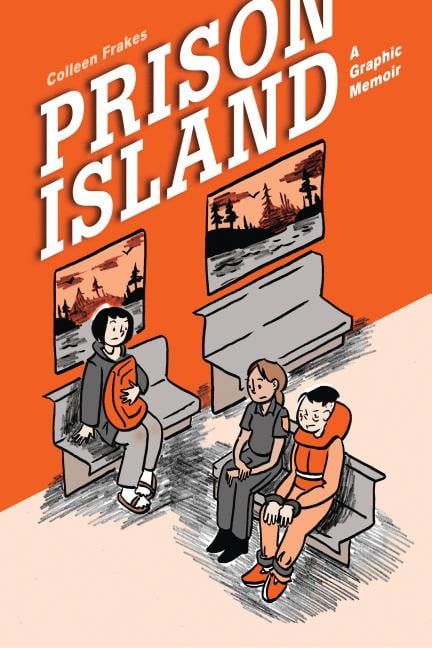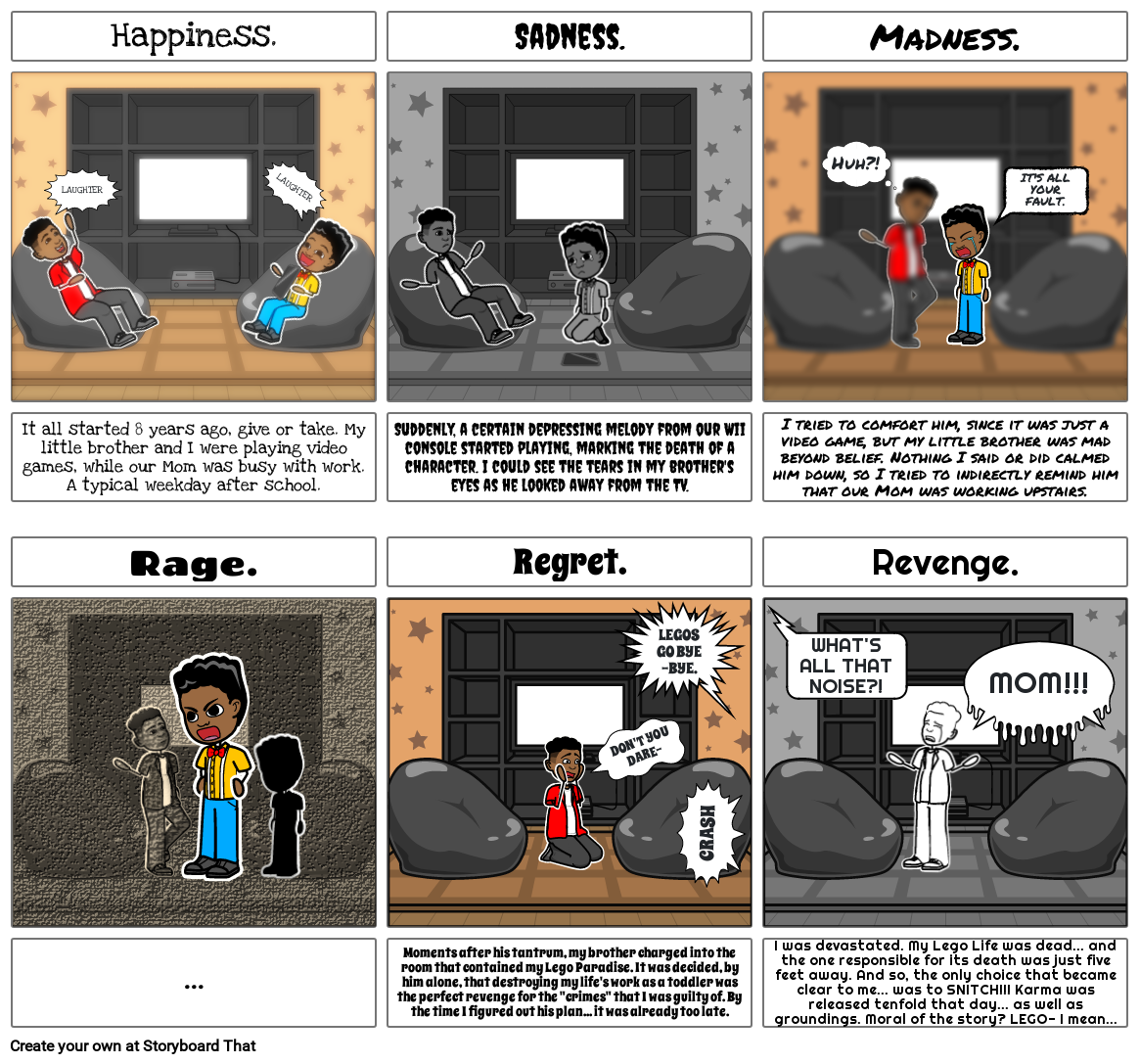
Use subjects beginning " COMICS & GRAPHIC NOVELS / Manga" for works initially published in Asian territories, or for works published in the style of such Asian works.įor nonfiction works about sequential illustration and about those works done in that format, use " LITERARY CRITICISM / Comics & Graphic Novels". Use subjects beginning with " JUVENILE FICTION / Comics & Graphic Novels" and " JUVENILE NONFICTION / Comics & Graphic Novels" or " YOUNG ADULT FICTION / Comics & Graphic Novels" and " YOUNG ADULT NONFICTION / Comics & Graphic Novels" for such works aimed at young readers. Use subjects in this section for works of sequential illustration in the style commonly associated with "comic books" or "comic strips."
Graphic memoir license#
To download and incorporate this list into your databases and systems, you’ll need to purchase an End Users' License Agreement.

Graphic memoir code#
If you want to suggest a new code for future BISAC additions, you can submit a suggestion here. If you can't find the code you're looking for after reviewing all the pages below, we recommend you use whatever codes currently best represent your book.
Graphic memoir how to#
An asterisk (*) denotes a new heading for the current year’s edition. Not sure how to select your code? Check out our FAQ. Recounting her autobiographical experience as a labourer on the Alberta oil sands, Kate Beaton’s graphic memoir, Ducks, shows how resource extraction has serious consequences for young Canadians.Use the information provided here to determine the specific codes that describe your book. Ducks: Two Years in the Oil Sands by Kate Beaton (2022) The graphic novel’s visual form therefore trains us in different ways of seeing the land: we can parcel it up into property and resources, or we can recognise that we are living in the very same environment that is being poisoned.īy showing the connections across geographic and historical scales that are usually invisible to us, Paying the Land reveals that the violence and displacement experienced by the Dene is intimately linked to the fuel that powers our cars and heats our homes. But when the comic turns to the fossil fuel industry, these straight lines and sharp grids break up both the page and the land, much like the toxins blasted into it during the fracking process.

When we are with the Dene, who live sustainably on the land, there are no lines or grids separating us from the environment depicted in the book’s images. Sacco illustrates these two different relationships to the land in the layout of his pages. Joe Sacco in conversation about Paying the Land. Rather than showing respect for the land, they pay it back with poisonous toxins. By contrast, fracking companies retrieve oil and natural gas from far below the surface by injecting dangerous cocktails of chemicals into its substrates. The title comes from the ancient Dene practice of repaying the land with a gift each time they take something from it that they need to survive, like wood, fish and caribou. It tells the story of the fossil fuel industry in Canada’s Northwest Territories and its violent consequences for the Indigenous Dene communities who have inhabited the land for thousands of years.

Joe Sacco’s documentary comic, Paying the Land, approaches the same problem in a different way.
Graphic memoir windows#
Here is able to show rising sea levels zooming back from the future and crashing through the windows of homes that are heated with fossil fuels. The spatial arrangement of graphic narrative, however, allows McGuire’s novel to juxtapose vastly different scales, which reveals their connections.

Because their form requires them to stick mostly to a linear sequence of cause and effect, novels and films are unable to capture this clash without becoming incoherent. While this graphic novel remains centred on the human, it also encompasses the inconceivable durations of time that make up planetary change.


 0 kommentar(er)
0 kommentar(er)
